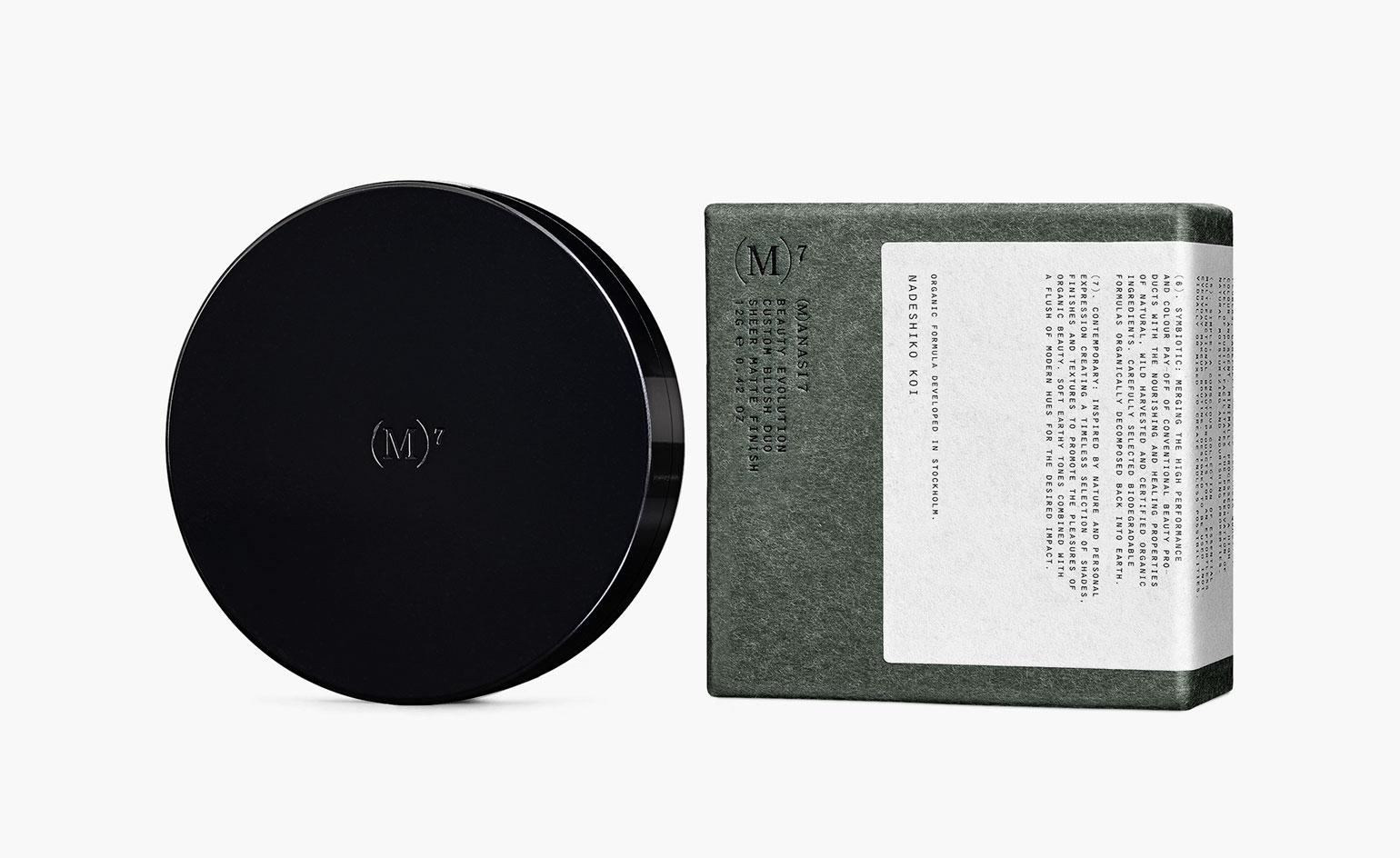Meet the creative linking ‘blue zones’ and skincare secrets
Founder Ila Colombo shares the traditional Japanese, Italian, Brazilan skincare secrets behind the new high-tech brand

Growing up half-Italian, half-Brazilian, and raised by a Japanese step-father, Ila Colombo learned early on that every culture has a different approach to skincare.
After gaining her degree in molecular biology and organic skincare formulation, Colombo journeyed to the countries that informed her childhood to learn more about the unique nutritional and cosmetic practices of each.

courtesy of Mameha
The lessons she learned came to form the basis of Mameha, a gender-neutral seven day serum programme designed for all skin types. The bottles, each of which contains a specific daily treatment, come in 3-D printed packaging designed in collaboration with Ross Lovegrove Studio.
Below, Colombo takes us through the unique skincare practices she learned on her travels.
Japan
After studying molecular biology and organic skincare formulation, I went to Japan because I wanted to know how the Japanese diet might have an impact on the body and if there was a link to healthy skin.
The island of Okinawa is one of the world’s ‘blue zones’, where some of the longest living humans on earth reside. It was there that I discovered that the secret to longevity lays in a variety of nutrition. People from Okinawa tend to ingest a variation of 360 different foods on a weekly basis, including herbs, spices, fish, roots, and teas.

courtesy of Mameha
This allows the body to benefit from a huge diversity of nutrients making it almost impossible to develop vitamin or mineral deficiencies. The body gets used to anything and it finds a way to stop feeling the effect of a dose very quickly, as usually happens with drugs, for instance.
This discovery was extremely revelatory to me because I realised that nobody in the beauty industry actually talks about this issue. Once a new formula is out, they just keep on selling it to consumers expecting that we use the same combination over and over….
Italy
The island of Sardinia, also a blue zone, records people as old as 116. The secret there is all about simple food and consistency. Recipes that mix few ingredients at a time and eaten in just the right amount with impeccable diligence. No excesses, never over-doing it.

I applied that ethos to Mameha skincare formulas- less is undeniably more, especially went it comes to chemistry. I don’t think you should ever trust a serum that claims to have so many different ingredients all together: what chemistry teaches is that often two non-compatible ingredients put together actually undo or reverse their effect or can also become silently toxic.
Brazil
The majority of known superfoods originated from the Amazon and many of the recently discovered anti-aging ingredients have been discovered in the region. My own research focused on the traditional healing and aesthetic use of the Amazonian plants, and how physical fitness impacted the overall skin health of the rainforest’s inhabitants.
Wallpaper* Newsletter
Receive our daily digest of inspiration, escapism and design stories from around the world direct to your inbox.

courtesy of Mameha
What I found is that a combination of a plant-based diet, physical daily activities, and topical herbal applications, tends to result in extremely vitamin-rich skin: vitamin D, C and E in particular.
So with Mameha skincare one of the main goals was to use highly nutritious enzymes sourced from tropical fruits and plants that wouldn’t normally be available outside of the rainforest biome. And obviously we do it in a sustainable way, avoiding endangered species or the intensively farmed plants that contribute to the Amazon's deforestation.
INFORMATION
Mary Cleary is a writer based in London and New York. Previously beauty & grooming editor at Wallpaper*, she is now a contributing editor, alongside writing for various publications on all aspects of culture.
-
 Put these emerging artists on your radar
Put these emerging artists on your radarThis crop of six new talents is poised to shake up the art world. Get to know them now
By Tianna Williams
-
 Dining at Pyrá feels like a Mediterranean kiss on both cheeks
Dining at Pyrá feels like a Mediterranean kiss on both cheeksDesigned by House of Dré, this Lonsdale Road addition dishes up an enticing fusion of Greek and Spanish cooking
By Sofia de la Cruz
-
 Creased, crumpled: S/S 2025 menswear is about clothes that have ‘lived a life’
Creased, crumpled: S/S 2025 menswear is about clothes that have ‘lived a life’The S/S 2025 menswear collections see designers embrace the creased and the crumpled, conjuring a mood of laidback languor that ran through the season – captured here by photographer Steve Harnacke and stylist Nicola Neri for Wallpaper*
By Jack Moss
-
 The 7 steps to sustainable cosmetics, from Stockholm’s new beauty sensation
The 7 steps to sustainable cosmetics, from Stockholm’s new beauty sensationBy Sotos Varsamis
-
 Kanebo Cosmetics Inc gets a fluid and tactile makeover courtesy of Curiosity
Kanebo Cosmetics Inc gets a fluid and tactile makeover courtesy of CuriosityBy Michelle McDermott